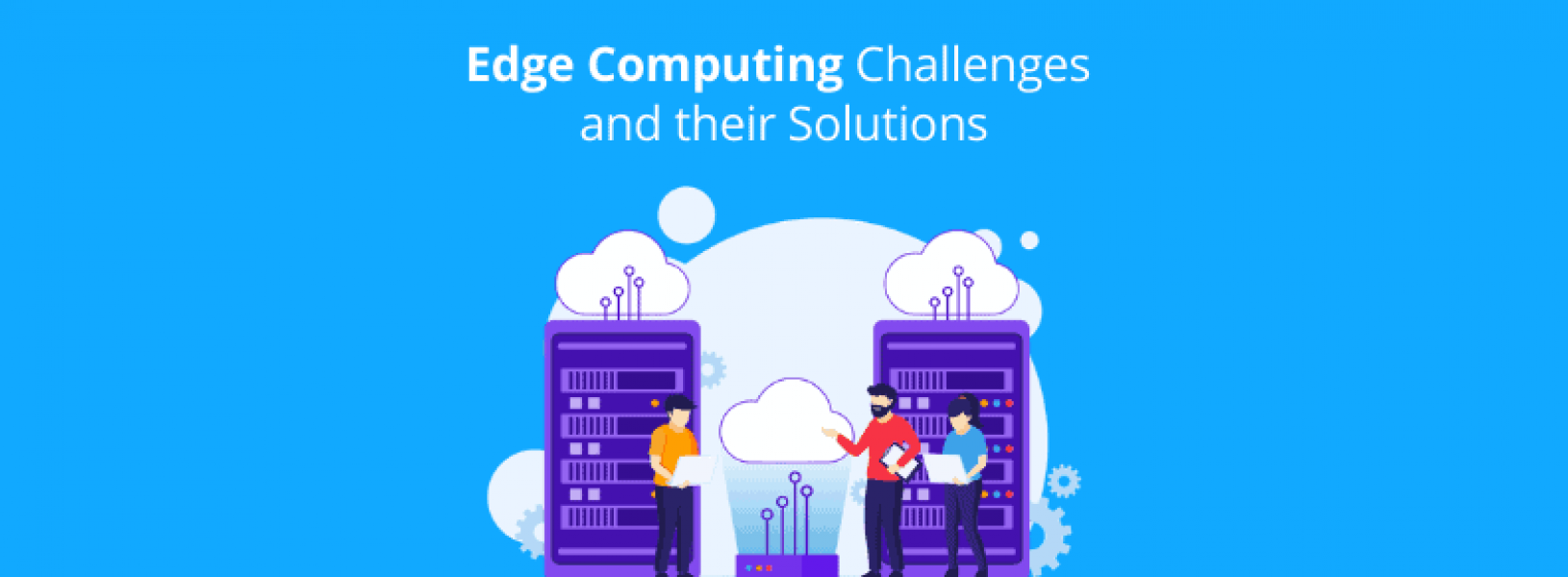
Edge computing is a distributed computing model that brings computation and data storage closer to the data source (like IoT devices) rather than relying on a centralized cloud. While edge computing offers benefits like reduced latency, improved performance, and localized data processing, it also comes with its share of challenges.
Key Challenges of Edge Computing
1. Hardware and Infrastructure Limitations
- Resource Constraints: Edge devices often have limited processing power, memory, and storage compared to centralized cloud systems.
- Device Durability: Edge devices deployed in harsh environments (e.g., factories, remote locations) may face wear and tear or extreme conditions.
2. Data Security and Privacy
- Increased Attack Surface: With multiple devices and edge nodes, there are more entry points for cyberattacks.
- Decentralized Security: Ensuring consistent security across diverse edge devices is complex.
- Sensitive Data Handling: Processing data locally may expose sensitive information if not properly secured.
3. Network Challenges
- Connectivity Issues: Some edge locations may experience intermittent or low-bandwidth network connections.
- Data Synchronization: Ensuring data consistency between edge nodes and the central system can be difficult.
- Latency Variability: While edge computing reduces latency, unpredictable network conditions may still impact performance.
4. Management and Scalability
- Device Management: Managing and monitoring a large number of distributed edge devices is challenging.
- Updates and Maintenance: Rolling out software updates or patches to all edge devices can be time-consuming and complex.
- Scaling: As the number of connected devices grows, scaling infrastructure while maintaining performance becomes harder.
5. Interoperability
- Diverse Systems: Edge computing environments often involve heterogeneous devices, operating systems, and protocols, making integration complex.
- Standardization Gaps: Lack of universal standards for edge computing can lead to compatibility issues.
6. Cost Considerations
- Initial Investment: Setting up edge infrastructure (hardware, software, and deployment) can be expensive.
- Maintenance Costs: Continuous monitoring, troubleshooting, and replacing edge devices add to operational costs.
7. Data Governance and Compliance
- Regulations: Adhering to local data laws (e.g., GDPR) can be difficult when processing data across multiple edge nodes in different jurisdictions.
- Data Ownership: Defining ownership of data processed at the edge is often unclear.
8. Power and Energy Constraints
- Energy Consumption: Edge devices need to operate on low power, especially in remote areas without stable electricity.
- Battery Limitations: For battery-powered devices, optimizing energy use is critical to ensure reliability.
9. Complexity in Application Development
- Distributed Architectures: Developing applications for edge environments requires handling distributed systems, real-time constraints, and network variability.
- Skill Gap: There is a shortage of professionals with expertise in edge computing technologies.
10. Real-Time Data Processing
- Latency-Sensitive Applications: While edge computing reduces latency, ensuring ultra-low latency for mission-critical applications (like autonomous vehicles or healthcare devices) can still be challenging.
- Data Overload: Processing vast amounts of real-time data efficiently at the edge requires sophisticated algorithms and infrastructure.
Overcoming Challenges
- Standardization: Establishing common protocols and frameworks for edge computing.
- AI and Automation: Using AI for real-time decision-making and automating device management.
- Hybrid Solutions: Combining edge computing with cloud computing to balance processing power and scalability.
- Improved Security: Implementing robust encryption, authentication, and monitoring solutions for edge devices.
- Collaborative Ecosystem: Encouraging collaboration among hardware, software, and network providers to address interoperability and infrastructure gaps.
Edge computing’s challenges highlight the need for careful planning and innovative solutions to fully harness its potential for IoT, 5G, and other technologies.




